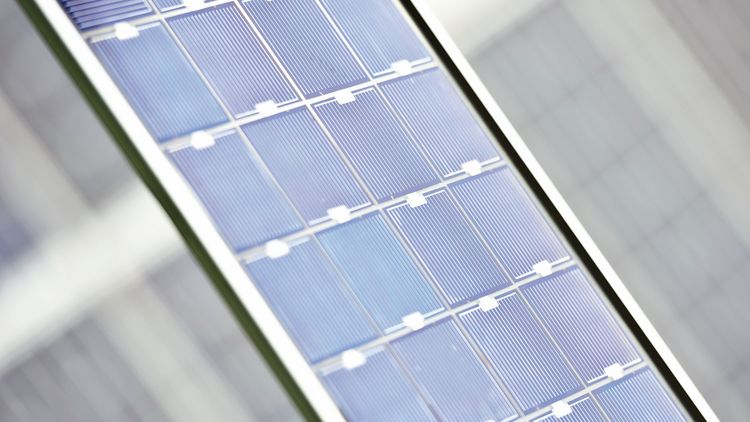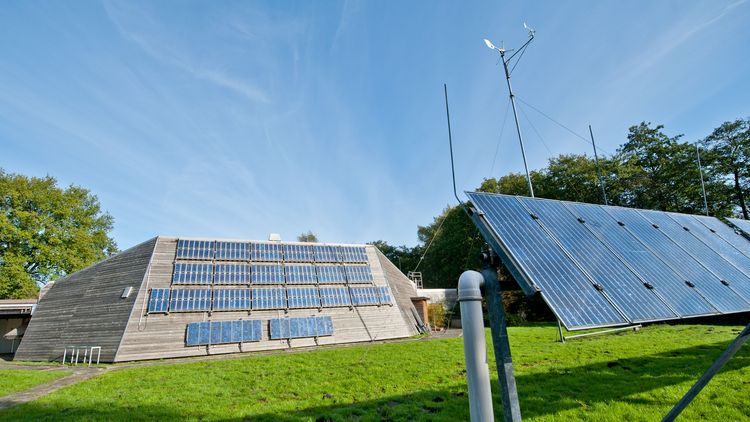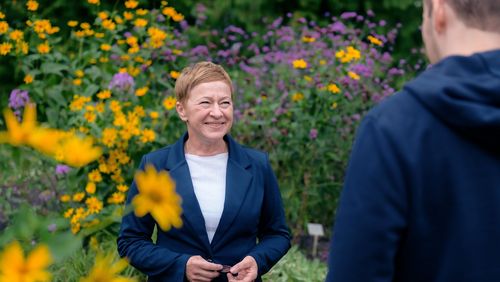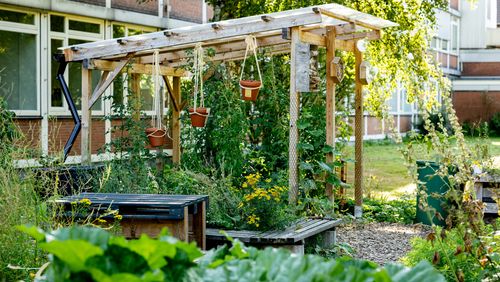First-generation solar modules built back in the 1970s are still generating electricity today. In a new study, the output of some of the modules was measured.
10,4 watts is the average nominal output of 18 historic solar modules that generated electricity on the roof of the Oldenburg Energy Lab from 1983 to 2022, according to recent measurements. Manufactured as prototypes more than four decades ago, the modules have proven astonishingly durable. Despite looking decidedly weathered after more than 40 years of exposure to the elements, they still deliver almost as much energy as when they were first installed, as a team headed by physicist Dr Martin Knipper reported in a recent study.
The original manufacturer’s data sheet promised a slightly lower nominal output. They preferred to err on the side of caution because the modules were among the first to be manufactured for use on Earth rather than in space, so there was very little empirical data to go on.
The 336 photovoltaic modules of the Oldenburg Energy Lab were first put into operation in 1979. They were exhibited during a conference as part of a demonstration system outside the International Congress Centre Berlin. After that they completed a one-year field test on the Telefunken skyscraper in Berlin, where they generated electricity for a transmitter. In 1983 they were permanently installed on the roof of the newly built Oldenburg Energy Lab, one of the first buildings worldwide designed to supply its own energy (a goal that was never fully achieved, however).
Most of the modules are still in use today. The electricity they generate has been fed into the grid since 2007. This is probably the oldest system of this size in all Germany that is still in working order.
0.3 millimeters
is the thickness of the monocrystalline silicon cells inside the solar modules. Rows of 36 connected cells are sandwiched between two sheets of glass set in an aluminium frame.
3.46 kilowatts
was the nominal output of the entire Oldenburg system. This means that in a sunny year it would deliver a yield of around 3,000 kilowatt hours – enough to supply a two-person household with electricity for a year or to drive 15,000 kilometres in an electric car.
100 dollars
was the price of one watt of nominal output in the mid-1970s, so at that time the market value of the Oldenburg system would have been more than 100,000 US dollars. Today, wholesale prices have fallen by a factor of almost a thousand to between 10 and 20 cents per watt
This text was first published in the research magazine EINBLICKE.





